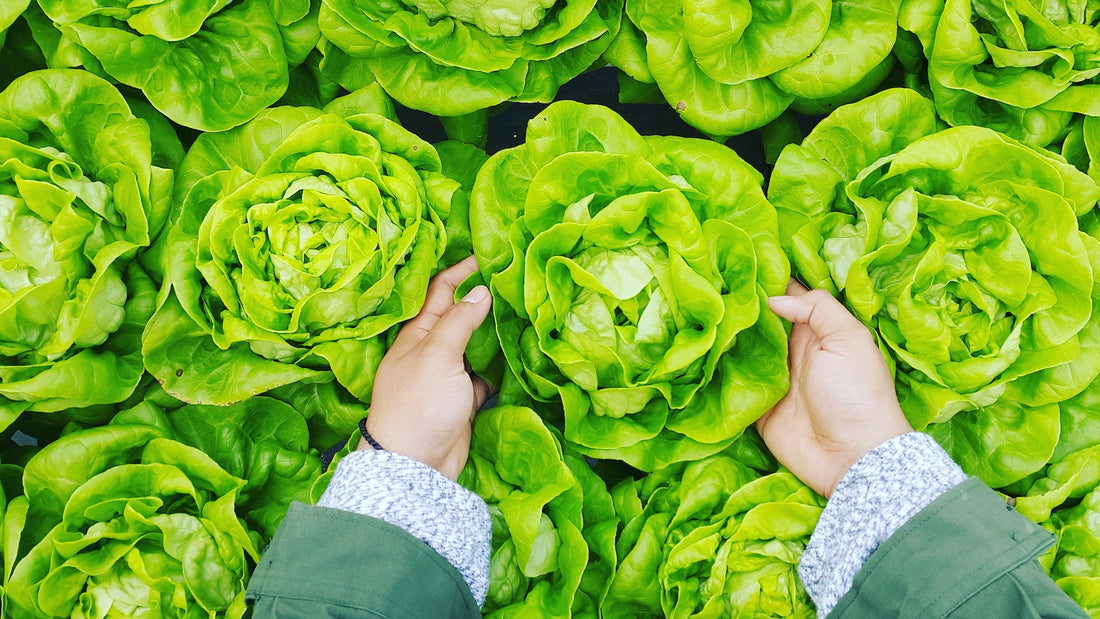Successive planting is an extraordinary way to glean more harvests from a small space. It isn't just for the small home gardener; anyone can use this practice to increase yields. However, this gardening technique makes a huge difference for those with minimal garden space.
Successive gardening is the practice of planting crops at 7-21 day intervals to maintain a constant and consistent harvest throughout the season. New seeds are started before the initial crop is ready, which staggers the harvest time for continuous production.
Succession planting also includes planting new crops directly after the first one is harvested to make use all any and all empty garden space. The second or third plantings can be of the same or different crops.
Why Is Successive Planting So Vital?
The revolution comes when your garden consistently produces crops all season, reducing your reliance on supermarkets and other resources. You can double or even triple the output of your garden when you utilize successive gardening methods.
Plus, it makes sense just to plant what you'll eat during a week or couple of weeks and plan for how you will use the produce. And to create ways for the garden to produce what you'll need every week instead of being overwhelmed by huge harvests and letting things go to waste.
Successive gardening reduces your dependence on outside food sources while improving access to fresh vegetables and herbs. It's also an excellent way to try new varieties. Each week or two, you can plant a different variety and see which ones you prefer instead of mass planting on just one cultivar type.
How To Get Started With Successive Gardening
To successfully plant successive crops, it's best to write up a plan. Drawing a garden map is even better. This way, you can visually see exactly where each crop is going and how much space there is and plan the second and third plantings.
It probably goes without saying, but only plant vegetables you want a lot of! Because the crops will be coming in continuously, you will be overwhelmed with fresh produce if you're not ready for it.
Quick-growing crops are the best candidates for successive planting. Radishes, lettuce, peas, kohlrabi, arugula, and Asian greens are perfect for continuous plantings. Plus, these tend to be garden crops that most people enjoy. Longer season crops, like peppers and tomatoes, take the whole season to mature, so it isn't easy to plan multiple harvests of these, unfortunately. Seek out vegetables and herbs with a 60-day or less maturity classification.
Successive planting is best for crops that produce all their fruit at once, like beets, carrots, lettuce, radishes, and greens. Crops that produce over a long period, like zucchini, cucumbers, and melons, already produce in a staggered manner, so it isn't necessary for them.
Instead of planting 20 lettuce plants at once and having one harvest, plant 5-6 seeds the first week. Then, the following week, plant 5-6 more. Continue this throughout the season, and you'll have a regular supply of fresh lettuce throughout the growing season.
Once one planting (like the lettuce) is ready, harvest it, then plant more in that location.
Successive planting doesn't have to be all about one type of vegetable. You don't have to plant lettuce followed by more lettuce, and then even more lettuce. Mix it up. Start lettuce in one spot, then after it, plant beans or broccoli, or kale.
Successive Gardening Plan Examples
Pull Up and Plant More
When short-season crops like peas, spinach, or lettuce have passed their prime, pull up all the plants and replant the area. Don't let non-productive space go to waste.
Plant Smaller Groupings
Plant 5 lettuce plants in week one. In week two, plant 5 more. Continue this throughout the season. Pay attention to heat and drought conditions, especially with leafy greens, as many wilt in the heat. Look for tougher heat-resistant varieties for the middle of summer.



